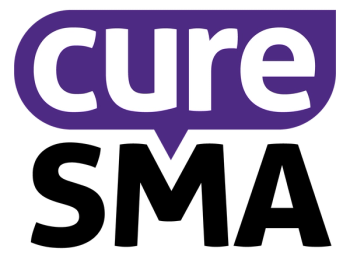
The Adults with SMA Virtual Therapy Program is sponsored by Genentech and the Dhont Family Foundation.

The Adults with SMA Virtual Therapy Program is sponsored by Genentech and the Dhont Family Foundation.

Researchers analyzed levels of sGFAP in participants from the N-MOmentum study that assessed inebilizumab (Uplizna; Viela Bio) in relapsing-remitting MS.

Researchers observed improvements in motor and respiratory function and biomarkers in the investigational treatment group.
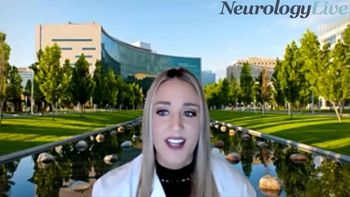
Alise Carlson, MD, a resident at Cleveland Clinic, detailed the reasons for her study evaluating genetic leukodystrophies and their differences to multiple sclerosis at diagnosis.
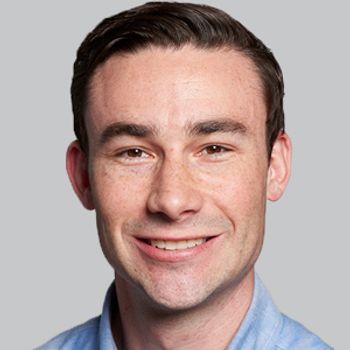
The triage software yielded a sensitivity and specificity of 59.7% and 91.5%, respectively, for all scans in a study including more than 1000.
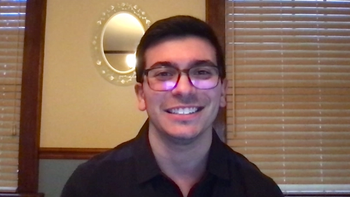
Neurology News Network for the week ending March 27, 2021.
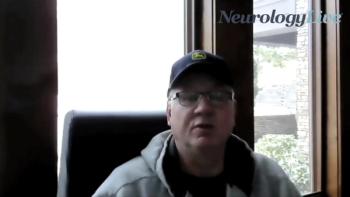
The director and founder of the Sleep Centers of Middle Tennessee discussed the misleading nature of the term ‘sleep apnea.’

Take 5 minutes to catch up on NeurologyLive's highlights from the week ending March 26, 2021.
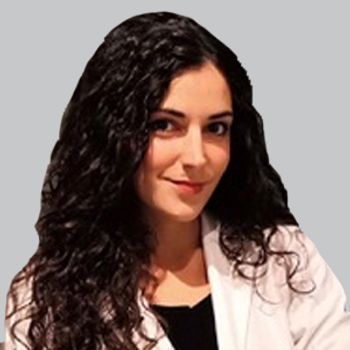
Behavioral abnormalities, reported from 14 studies, highlighted autistic-like traits and attention and hyperactivity disorders, slightly improving with age in patients with Dravet syndrome.
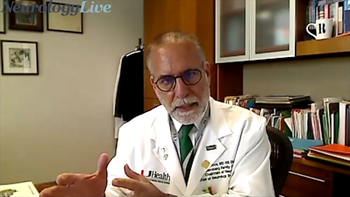
The chair of neurology and Olemberg Family Chair of Neurological Disorders at the University of Miami Miller School of Medicine outlined the Florida Stroke Registry and its capabilities.

The VBP-LTE study found no evidence of slowed linear growth, insulin resistance, or osteocalcin decreases.
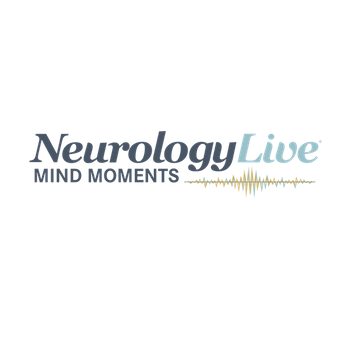
"Mind Moments," a podcast from NeurologyLive, brings you an exclusive interview with Brian Grosberg, MD.
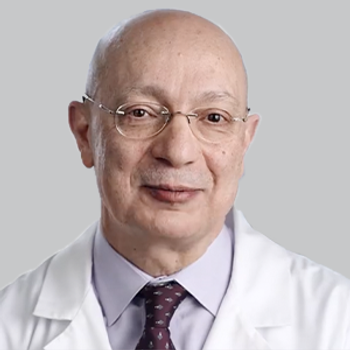
The Astellas Pharma agent earned an indication for children aged 3 years and older, after its original overactive bladder indication in 2012.
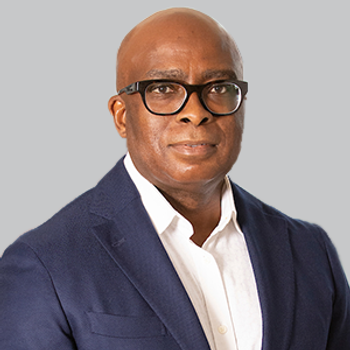
The senior vice president and chief medical officer at Novartis Gene Therapies shared his perspective on the recent clinical trial results for Zolgensma in SMA type 1.
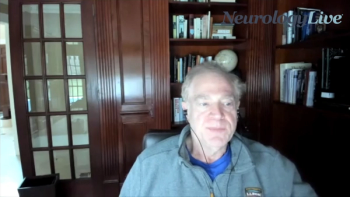
The director of the Montefiore Headache Center discussed recent advances in treating migraine both acutely and preventively.
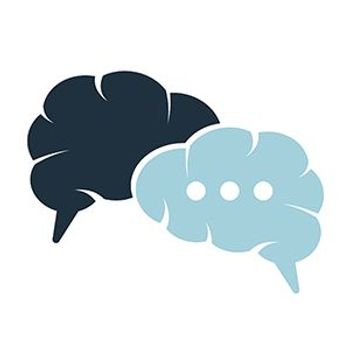
An overview of the NeurologyLive tweet chat honoring Multiple Sclerosis Awareness Month, featuring highlighted contributions from the medical community.
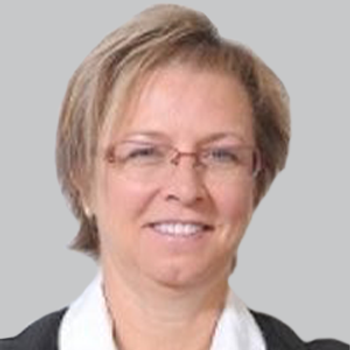
AC Immune SA is also developing an optimized formulation being tested in mice and non-human primates.

P values showed evidence of statistical significance at the conventional P <.05 threshold for all assessed non-inferiority margins.
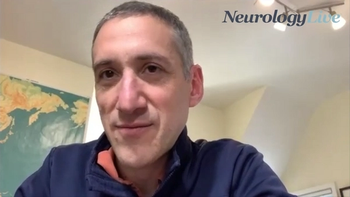
The senior investigator at the National Institutes of Neurological Disorders and Stroke outlined studies on anakinra and tolebrutinib as part of a new phase 2a clinical trial paradigm.
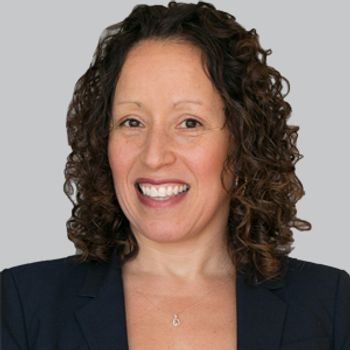
There was very good to excellent level of agreement between the instrumented insoles and the gold-standard reference system.
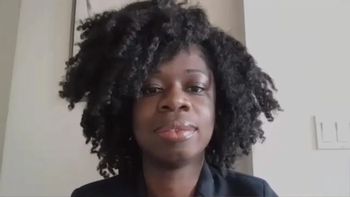
The Neuroimmunology Clinical Fellow at the National Institutes of Health discussed the evaluations of 2 therapies in multiple sclerosis that she is partaking in.

Two-year data from the SUNFISH study were presented at the MDA 2021 Clinical and Scientific Conference.
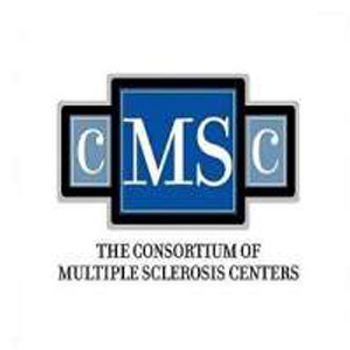
Increased disability was independently associated with worse clinical severity including death from COVID-19.
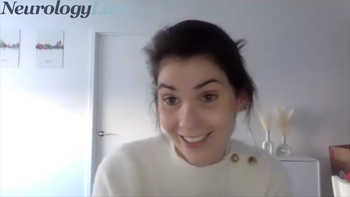
The postdoctoral researcher at Columbia University discussed ways clinicians and patients with multiple sclerosis can take to ease the transition of disclosing their diagnosis.
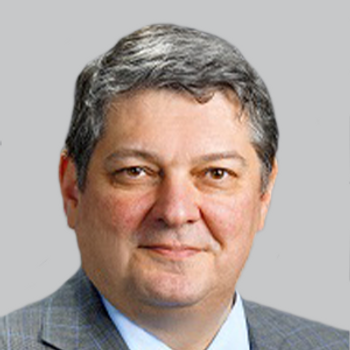
The AURORA collaboration studied pooled study data from 6 randomized studies of ET in ischemic stroke.

Join NeurologyLive and Barry Singer, MD, on Twitter to discuss a number of topics regarding multiple sclerosis education and where the disease research is headed.

The duo from Montefiore Medical Center discussed a variety of topics surrounding an effort to improve seizure diagnosis and classification in newborns.
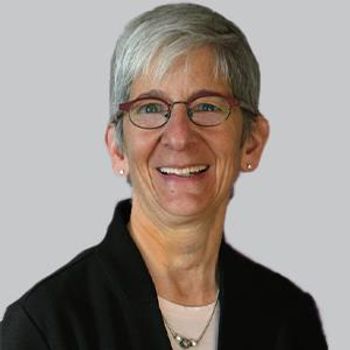
Researchers conducted a real-world study of prednisone to deflazacort switch in patients with Duchenne muscular dystrophy and Becker muscular dystrophy.
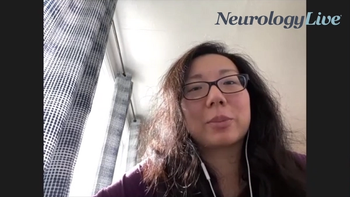
The neurologist from the University of Washington Medical Center discussed the findings of her recent study presented at ACTRIMS Forum 2021.
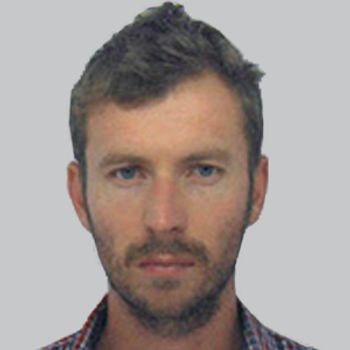
Treatment adherence and preference were largely in favor of the mandibular advancement device compared to continuous positive airway pressure.